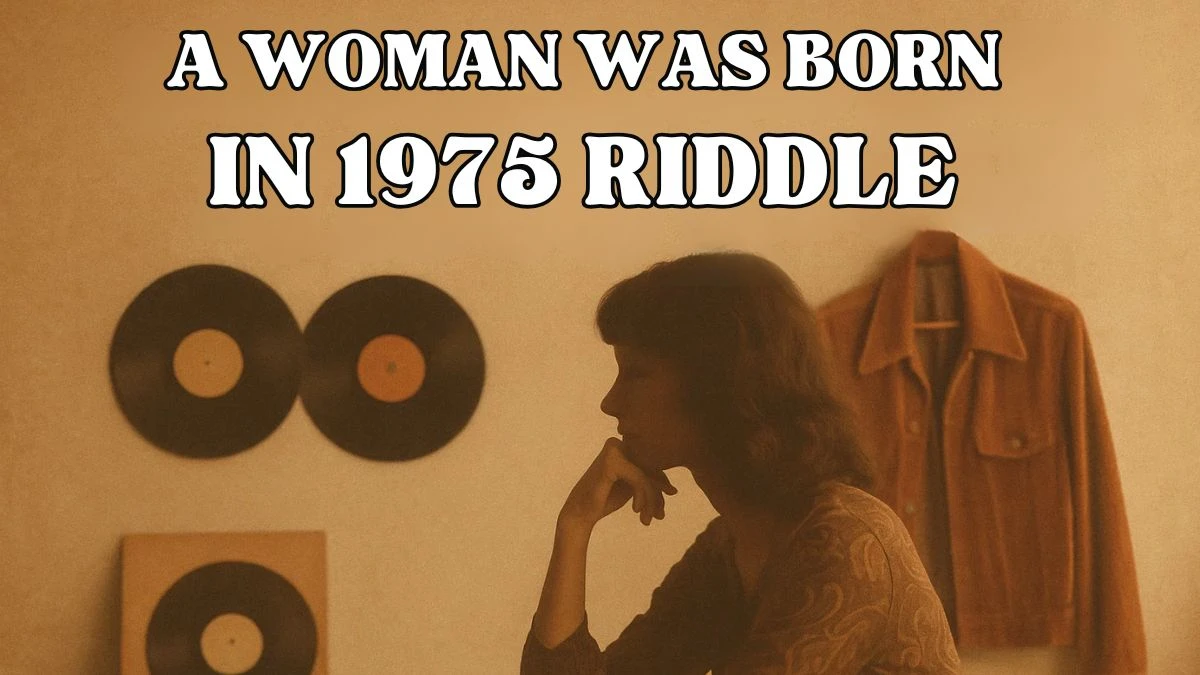A Woman Was Born In 1975 Riddle Answer Explained
In the vast landscape of viral brain teasers, few have captured public imagination quite like the "Woman Born in 1975" riddle. This deceptively simple puzzle has confounded millions of social media users, sparked countless debates, and earned its place as one of the most shared riddles in internet history.
The riddle states:
"A woman was born in 1975 and died in 1975. She was 22 years old at the time of her death. How is this possible?"
At first glance, this appears impossible. How can someone be born and die in the same year yet live for 22 years? The answer lies in a clever manipulation of our assumptions about numbers and their meanings.
The Solution
The solution to this riddle hinges on a fundamental misunderstanding most people make when they first encounter it. The key insight is that "1975" doesn't refer to a year—it refers to a room number.
Here's how it works:
-
The woman was born in room number 1975 at a hospital in the year 1953
-
She died in room number 1975 at the same hospital in the year 1975
-
At the time of her death, she was indeed 22 years old
This elegant solution demonstrates how our brains automatically fill in missing information based on context. When we see a four-digit number like 1975, we immediately assume it represents a year because that's the most common context for such numbers.
Why This Riddle Works So Well?
Cognitive Bias Exploitation
- The riddle's effectiveness stems from its exploitation of cognitive biases. As psychologist Daniel Kahneman explains in his work on thinking patterns, our minds rely on mental shortcuts that can lead us astray. When we encounter "1975," our brains automatically categorize it as a year rather than considering alternative interpretations.
The Power of Assumption
- The riddle never explicitly states that "1975" refers to a year. This omission is crucial—it allows for the alternative interpretation that makes the solution possible. The puzzle capitalizes on our tendency to make assumptions when presented with incomplete information.






